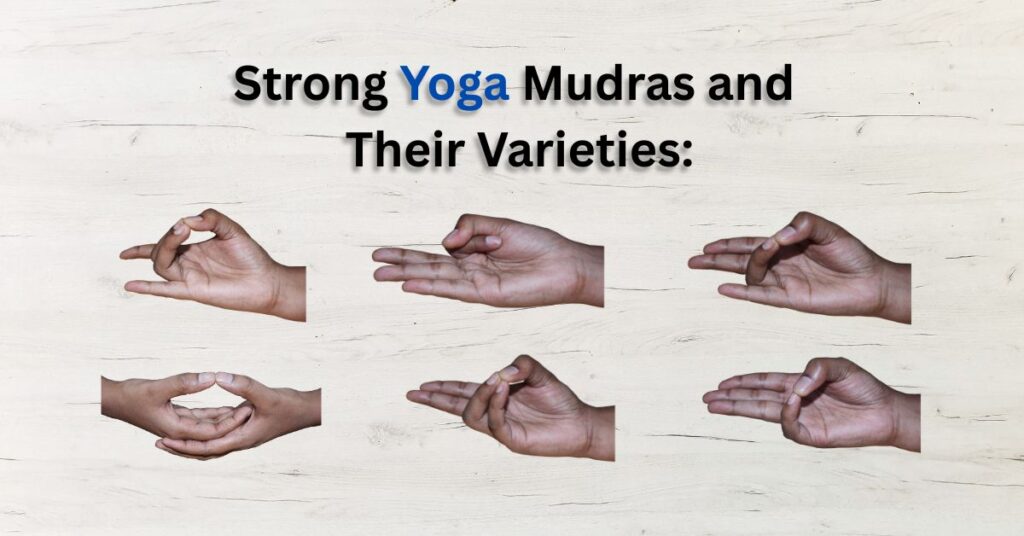
Yoga is far more complex than it first appears. Yoga Tattva Mudra Vigyan, also known as the science of yoga mudra and pranayama, is a lesser-known, more nuanced, and independent branch of yoga. For many people, the practice of yoga consists of asanas and breathing exercises.
Yoga mudras are viewed as a healing method because they are unique and founded on the Ayurvedic philosophy. A gesture is how the Sanskrit word mudra is translated. A mudra can be as simple as a hand gesture or involve the whole body. When combined with pranayamas, mudras stimulate the passage of prana throughout the body, activating various bodily regions.
According to Ayurveda, illnesses result from a body imbalance, which is brought on by a deficiency or surplus of any one of the five components.
Each of our five fingers represents one of the five elements, and each plays a unique and important role in the body. In essence, the fingers are electrical circuits. Mudras are used to aid healing by adjusting the flow of energy, which affects the harmony of the elements of air, fire, water, earth, and ether.
Hand mudras stimulate the subconscious responses in these regions of the brain by forming a delicate connection with their instinctive patterns. Yoga mudras help redirect and balance internal energy, which can influence the functioning of sensory organs, glands, veins, and tendons. These hand gestures can be practiced while sitting cross-legged in Vajrasana or Lotus Pose, or even while seated comfortably in a chair. Ujjayi breathing should be used when doing the majority of mudras. In each yoga mudra, take at least twelve breaths while paying special attention to the body’s energy flow.
Yoga Mudra Types and Instructions –
1. Chin Mudra
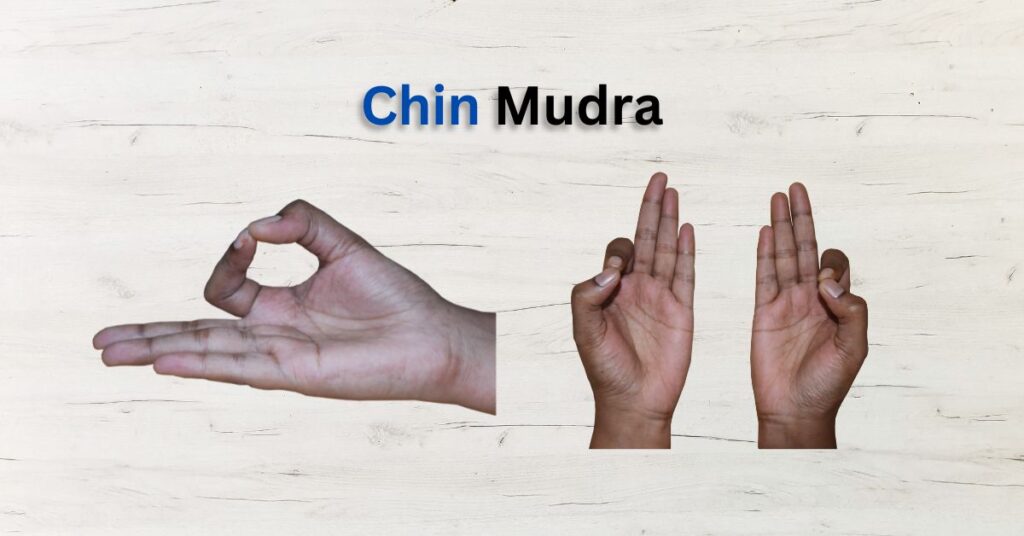
To do this mudra, lightly press the tip of your thumb and index finger together. Keep the other three fingers straight and relaxed. The thumb and index finger need only make light contact with one another.
Try to keep the other three fingers as straight as possible.
The hands can now be elevated and put on the thighs.
Watch your breath now to see how it affects you.
2. Adi Mudra

In Adi Mudra, the thumb is tucked into the palm at the base of the little finger, and the other fingers gently curl around it to form a loose fist.
The breathing is repeated as the palms are once more positioned on the thighs with their palms facing up.
3. Vayu Mudra
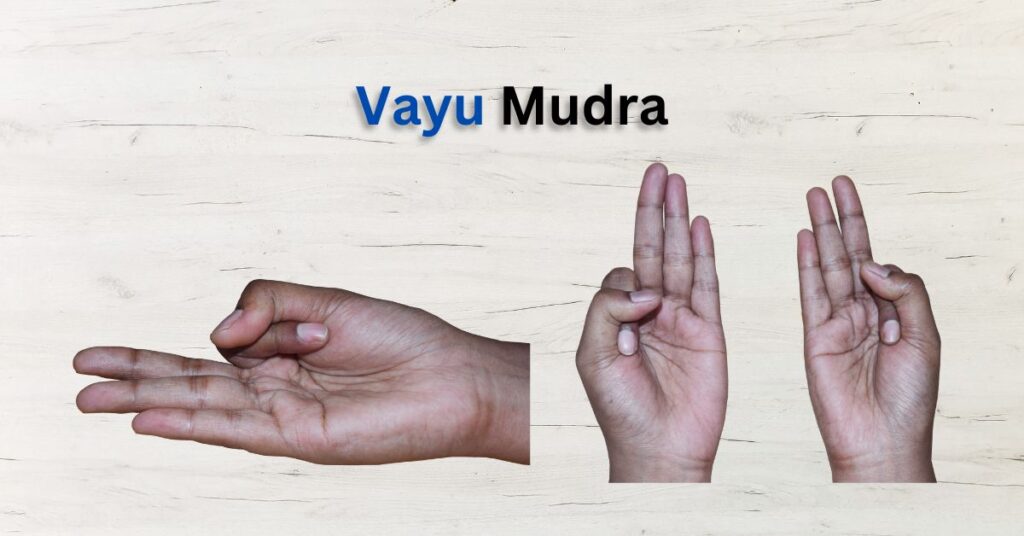
Your index finger is folded in half. Gently press the middle part of your index finger using the base of your thumb. Keep the other three fingers relaxed and slightly apart. Rest your hands on your knees with palms facing up.. Arms and hands should be at ease.
4. Varun Mudra
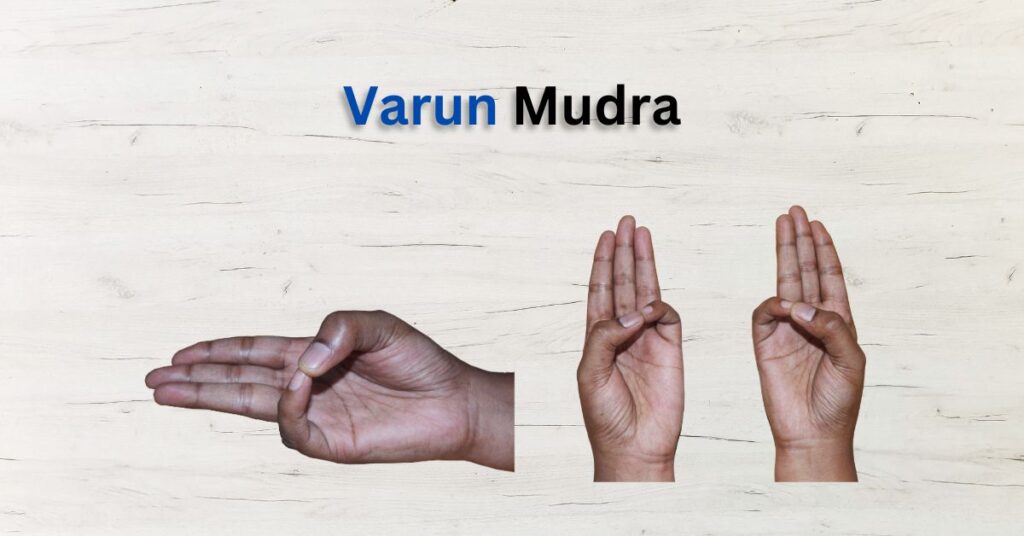
As the name suggests, this mudra helps balance the water element in your body. One can utilize this mudra to enhance their beauty. By letting your body’s fluids flow freely and keeping your skin hydrated, it make your skin glow. The little finger’s tip should not be pressed against the nail. This could lead to dehydration rather than bringing your body’s water level into balance.
Touch the tip of your thumb to your little finger. Let the other three fingers stay relaxed and slightly apart. Place your hands on your knees with your palms facing upward.. Keep your arms and hands relaxed.
This mudra helps stimulate the body’s fluid circulation, promoting hydration and balance.
. It cures skin conditions and infections as well as pimple prevention. It soothes muscle pain and provides your face with a healthy glow.
5. Prana Mudra
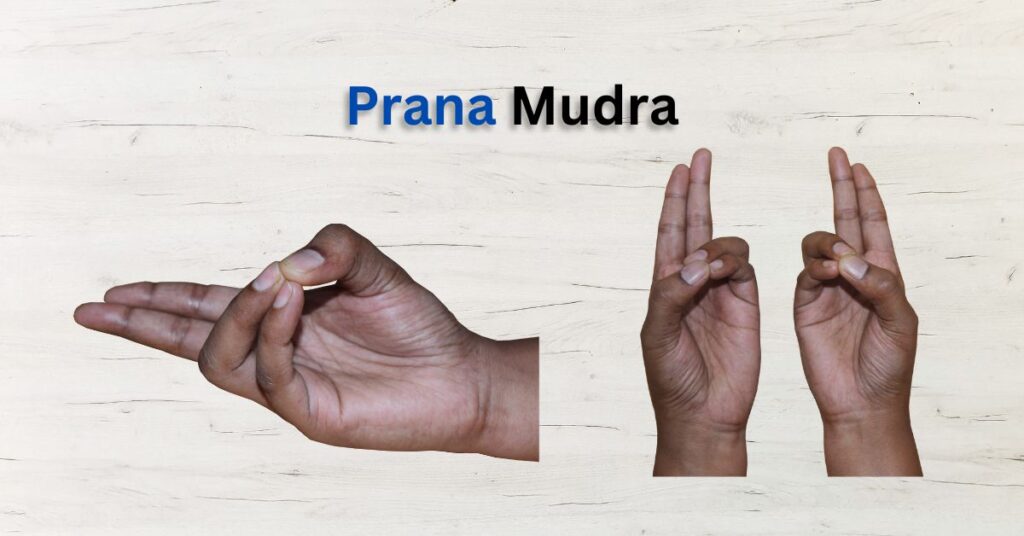
As the name suggests, this mudra helps balance the life force energy in your body. This yoga pose improves your vision, boosts your immune system, and combats lethargy to make you feel more invigorated. This mudra is essential because it awakens your body’s energy.
Bend your little and ring fingers to touch the tip of your thumb. Keep the other two fingers straight, relaxed, and slightly apart. Then, rest your hands on your knees with the palms facing up. Arms and hands should be at ease.
Your immune system is strengthened by this mudra. This mudra helps improve the strength and clarity of your eyes. Additionally, it reduces fatigue and improves eye conditions.
6. Shunya Mudra
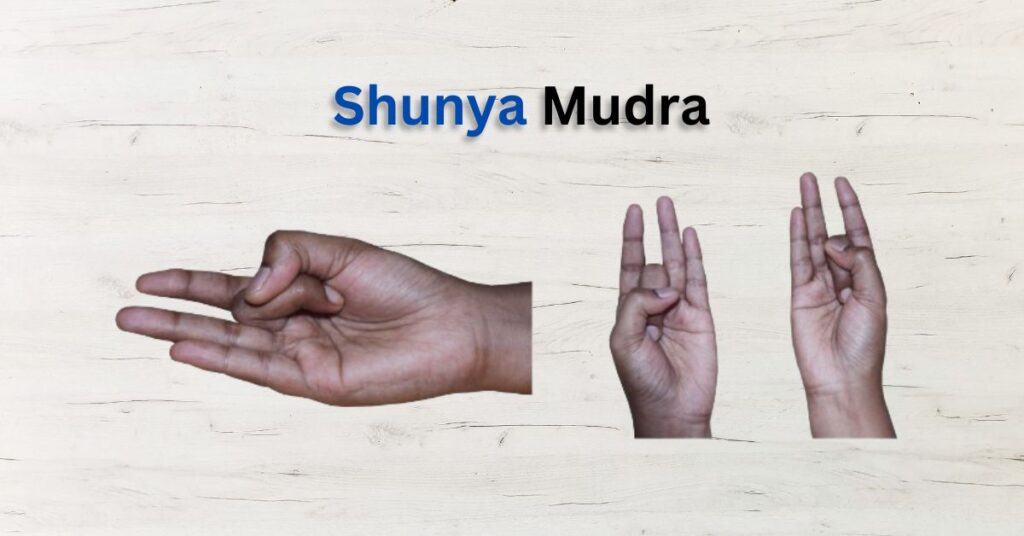
This mudra, often referred to as the paradise mudra, will assist you in achieving a sense of tranquility if you use it frequently.
Gently press the first joint of your middle finger with your thumb. Keep the other three fingers relaxed and slightly apart. Rest your hands on your knees with the palms facing upward. Arms and hands should be at ease.
This mudra helps people whose hearing is deteriorating due to age or illness and soothes earaches. Additionally, it helps in the treatment of vertigo and motion sickness.
7. Surya Mudra
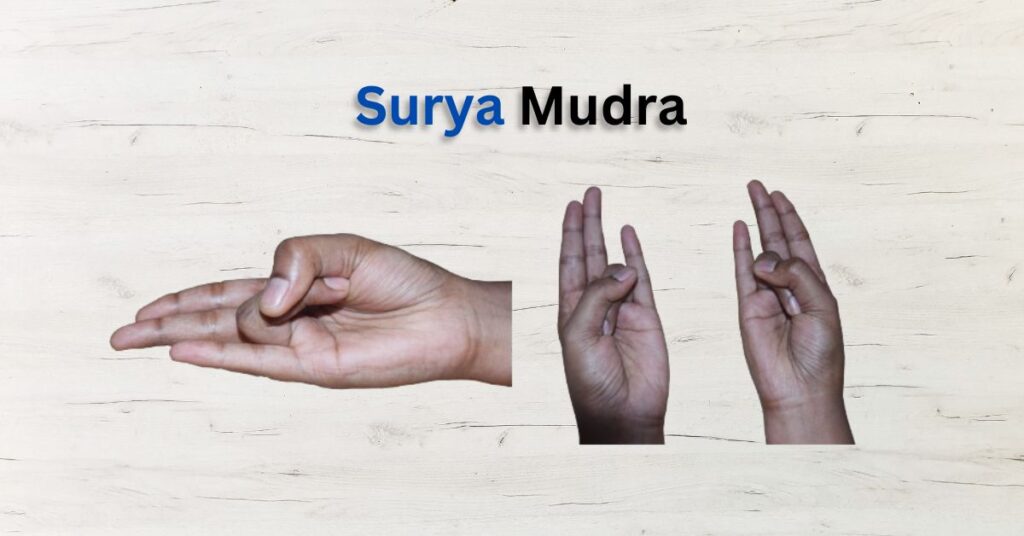
As the name suggests, this mudra balances the solar portion of your body. You must perform it first thing in the morning to benefit from the sun’s energy.
With your thumb, firmly press your ring finger. Keep the other three fingers relaxed and slightly spread apart. Rest your hands on your knees with your palms facing upward.
This mudra helps prevent weight gain and high cholesterol. Additionally, it aids in digestion and anxiety.
8. Prithvi Mudra
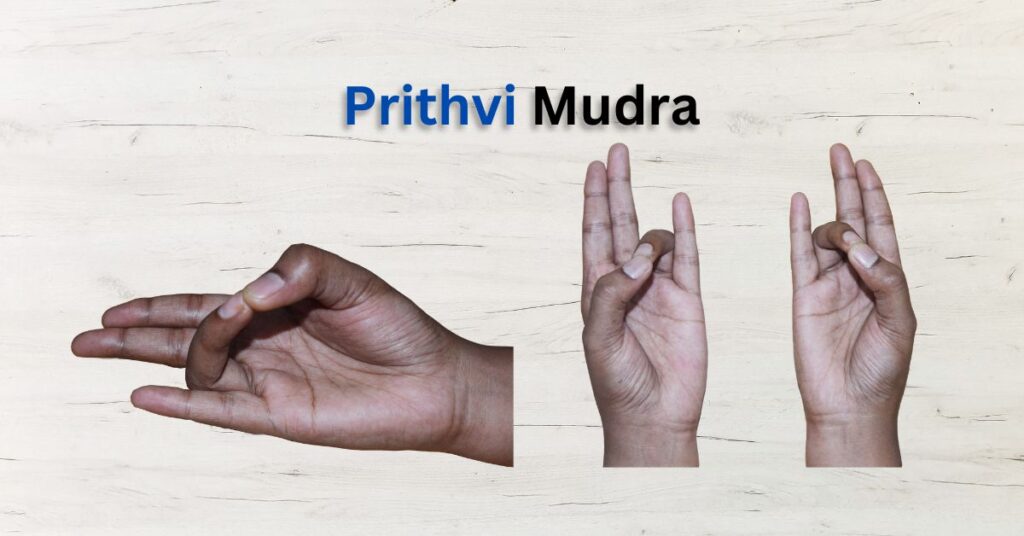
Touch the tips of your thumb and ring finger together. Keep the other three fingers relaxed and slightly apart. Rest your hands on your knees with palms facing upward. Arms and hands should be at ease.
This mudra helps improve blood circulation in the body. Increases tolerance, patience, and focus while meditating. Additionally, it helps to strengthen bones that are fragile and thin. Surprisingly, it promotes weight gain while also lessening mental drowsiness and lethargy.
9. Adi Mudra
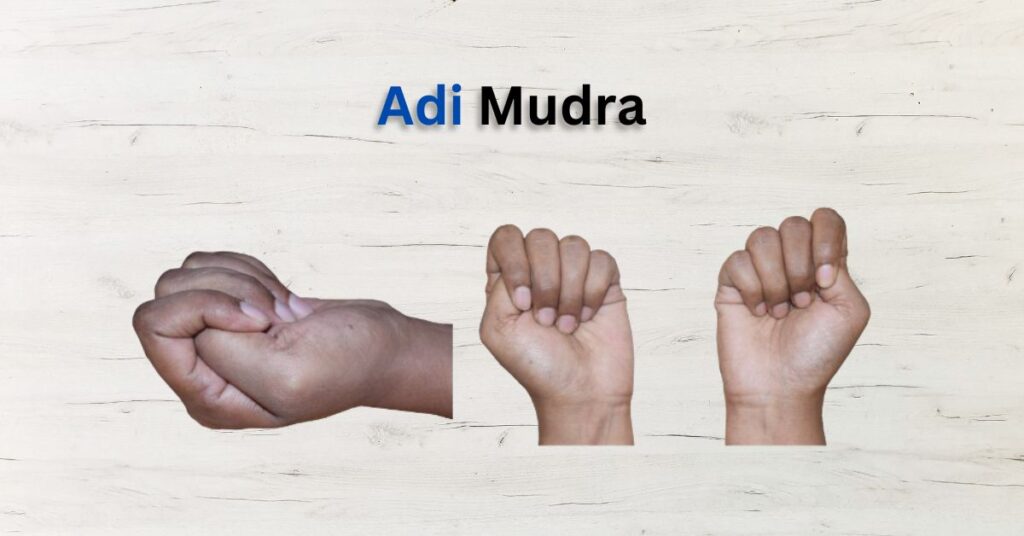
In spiritual yoga practice, this hand motion is utilized to calm the mind and nervous system symbolically and ritualistically.
Place your thumb at the base of your little finger, then gently curl the other fingers over your thumb to form a loose fist. Rest your hands on your knees with the palms facing upward. Breathe deeply and slowly.
This mudra calms the nervous system, which helps to reduce snoring. Additionally, it increases the amount of oxygen getting to the brain and increases lung capacity.
The advantages of mudras –
- Increased capacity for retention and concentration.
- enhances sleep habits.
- increases the body’s energy.
- reduces lower back pain.
- the nervous system is relaxed.
- Decreasing snoring
- increases the amount of oxygen reaching the skull.
- increases the lungs’ capacity.
- Increases the body’s energy flow.
- enhances digestion.
- When combined with the yoga position known as the frog stance, it is healthy for the digestive system.
- helps the body become more balanced as it focuses.
Yoga is more than just twisting your body or practicing difficult, age-old rituals; we’ll talk about one of them: Mudra, a prehistoric technique used during Pranayama and Meditation.
When combined with breathing exercises and meditation, yoga mudra practices can help us lead pain-free, joyful lives.